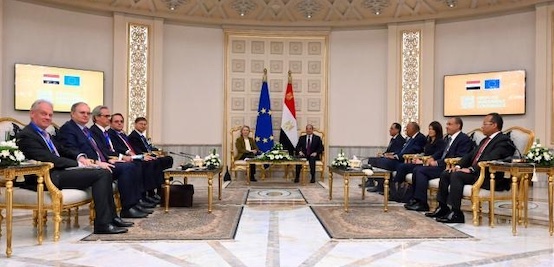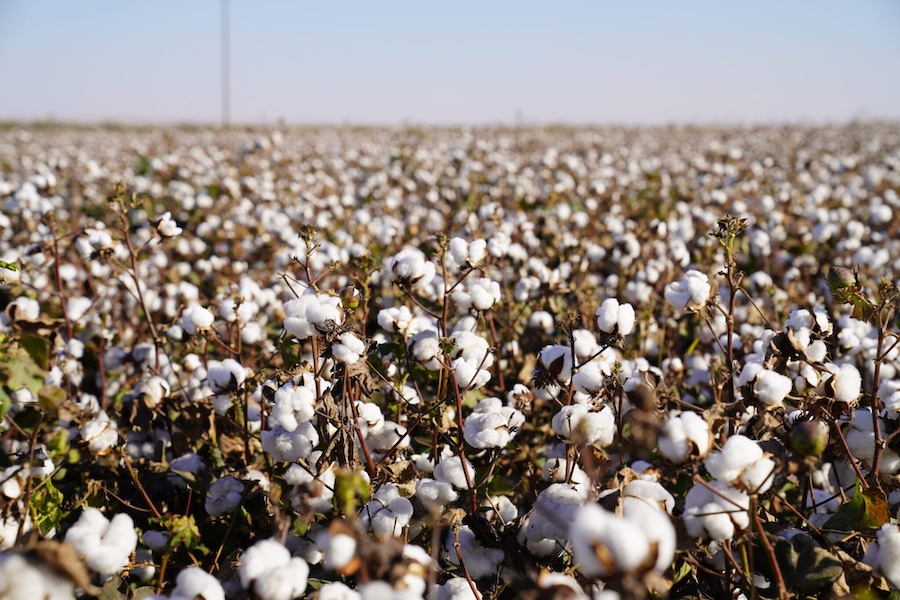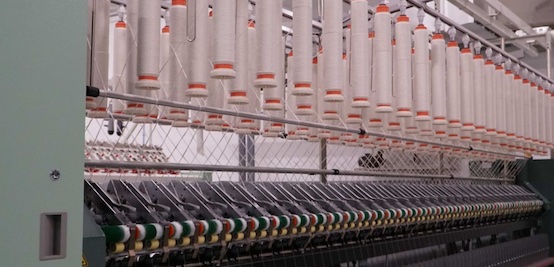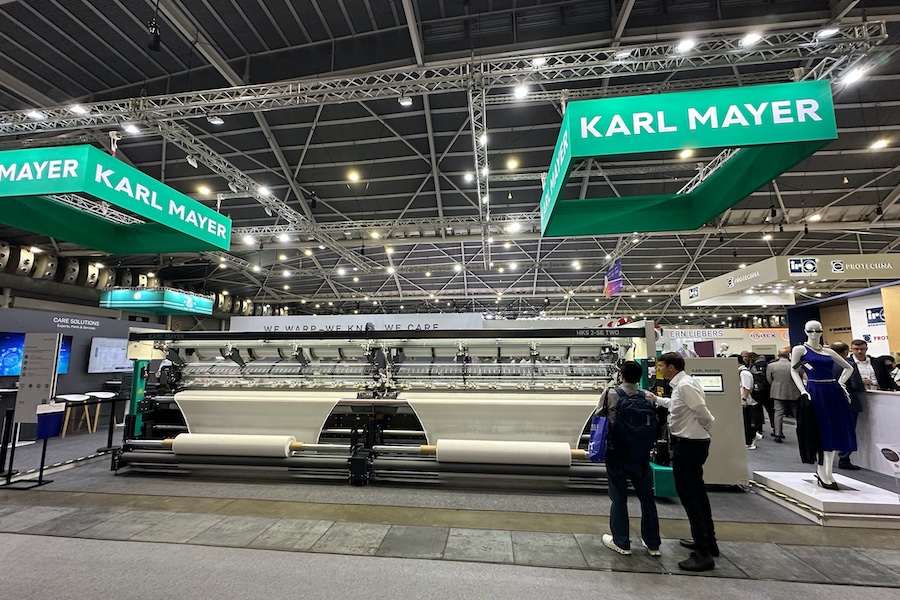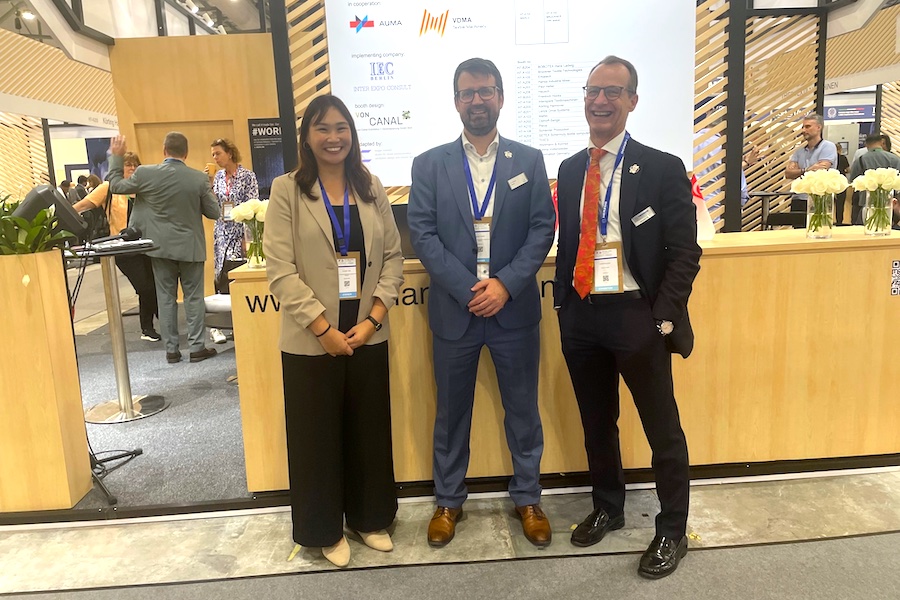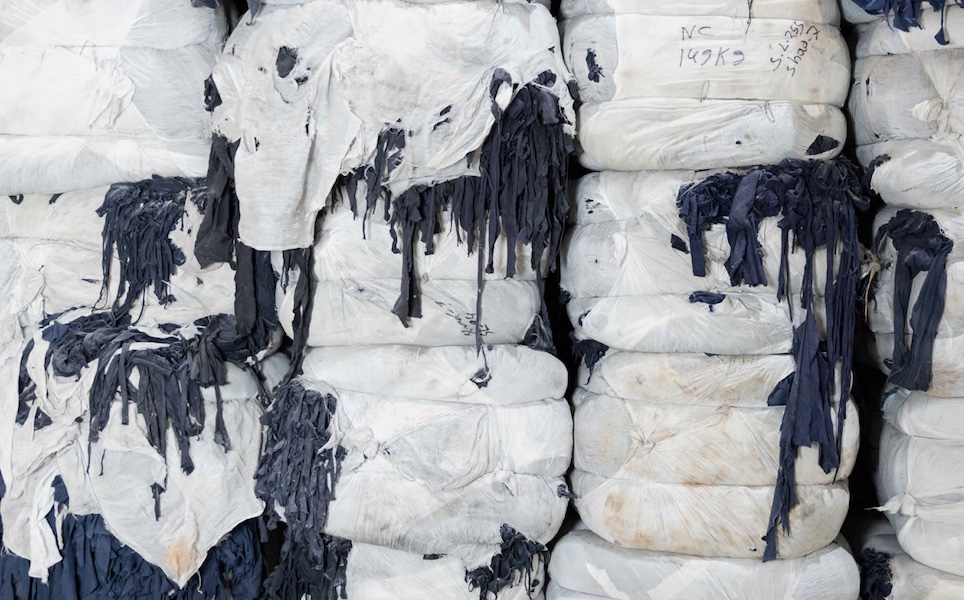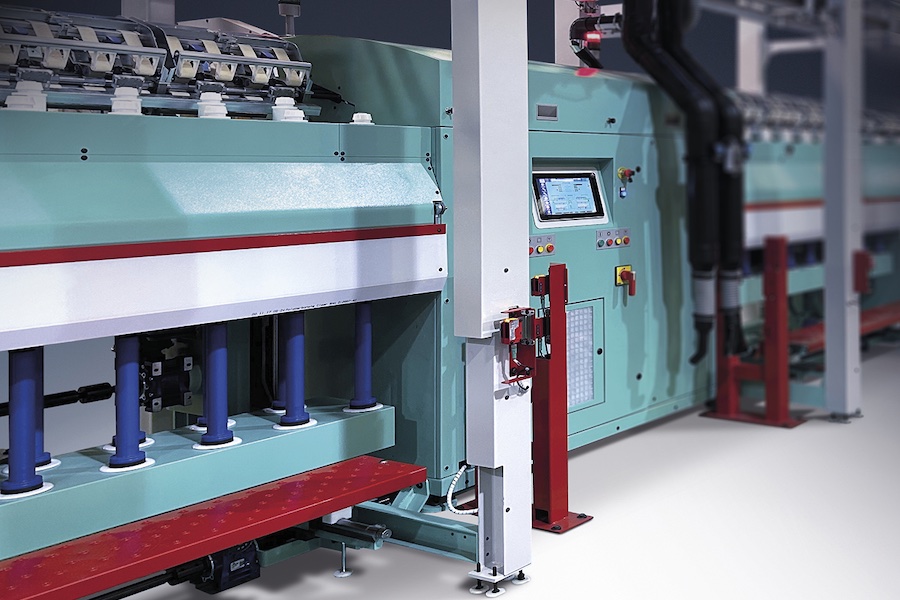#Raw Materials
The environmental footprint of Cotton Made in Africa’s cotton
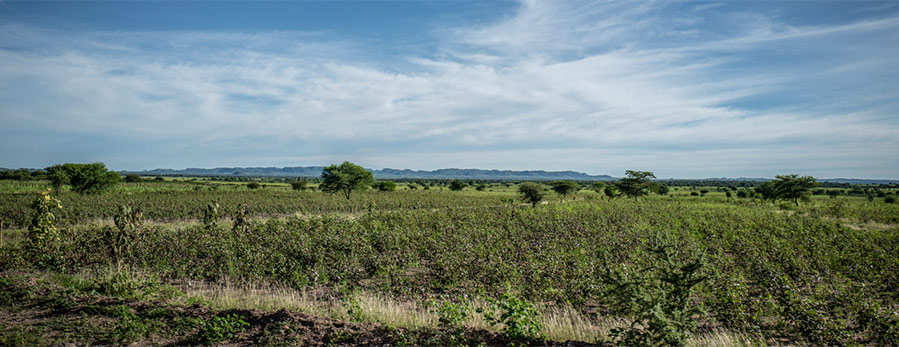
The environmental footprint of the Cotton made in Africa (CmiA) initiative’s cotton is excellent. This is the conclusion at which the second life cycle assessment (LCA) arrived, having investigated the impact of cotton farming on climate change, eutrophication, acidification, blue water consumption, and biodiversity. In the course of the assessment, CmiA-verified cotton companies from Côte d’Ivoire, Cameroon, and Zambia completed questionnaires on their practices, and data was collected on factors like average farm size, crop yields, and fertiliser application rates.
Low Greenhouse Gas Emissions and Minimal Water Consumption
CmiA cotton contributes less to climate change than the global average, with only 1.24 tonnes of CO2 equivalents being released per tonne of harvested CmiA cotton fibres versus the significantly higher global benchmark¹ of 1.43 tonnes. This is largely because CmiA farmers use relatively little fertiliser and cultivate their cotton under rain-fed conditions only. In addition to protecting surface and ground water, rain-fed agriculture saves energy, since there is no need to power the water pumps otherwise required for irrigation.
Although CmiA cotton’s acidification potential is slightly higher than the global average, it is difficult to compare the two values because the global values are calculated without taking into consideration field clearance, i.e. preparing fields by burning crop residue. When this variable is excluded from the CmiA calculations as well, the acidification value for CmiA cotton falls significantly below global average.
This lower figure can be traced back to CmiA cotton’s below-average field emissions. Created by fertilisers, soil erosion, and nitrogen released from crop residue, field emissions are the other major factor in acidification. This difference in acidification potential is likely due to CmiA small-scale farmers in Africa using significantly less urea as fertiliser than is common in major cotton producing countries like India or China. In terms of its environmental footprint, CmiA cotton can certainly hold its own on the world stage.
Reduced Burning and Tillage
In terms of eutrophication, i.e. the introduction of excessive levels of macronutrients into ecosystems, CmiA cotton scores worse than the global average. This is primarily because many other cotton-growing regions see little precipitation, driving down the global LCA average for leaching levels.
There is still room for improvement regarding field clearance, which causes especially high emissions as farmers burn last season’s cotton plants before sowing new ones, thereby releasing greenhouse gases and intensifying soil acidification. CmiA cotton’s environmental footprint can be further improved by composting crop residue and returning it to the soil as humus instead of burning it.
It would also be beneficial for more small-scale farmers to move towards no-till farming. The widespread practice of ploughing the soil results in nutrients like nitrate and phosphorous leaching out of the fertile topsoil at a greater rate, thereby compromising the quality of both the groundwater and the soil and ultimately leading to poorer harvests.
How Cotton Production Impacts Biodiversity
In this year’s LCA, the CmiA initiative supplemented the usual criteria with a new key parameter: the impact of cotton farming on biodiversity. Since this is the first time that this impact category is being investigated as part of an LCA for cotton, it will not be possible to rank CmiA cotton in terms of biodiversity until other players in the cotton production sector publish comparative values.
The results of this assessment are considered to be representative of CmiA cotton as a whole because more than half of all CmiA cotton is produced in the three countries under study (Côte d’Ivoire, Cameroon, and Zambia). Because the previous LCA – produced in 2014 by the prestigious Sphera institute, which also conducted this study – surveyed only one cotton company from each of Zambia and Côte d’Ivoire, the results of the two studies are not directly comparable.
¹The global average values mentioned refer to the data published in “The life cycle inventory & life cycle assessment of cotton fiber & fabric” (Cotton Inc, 2017)






